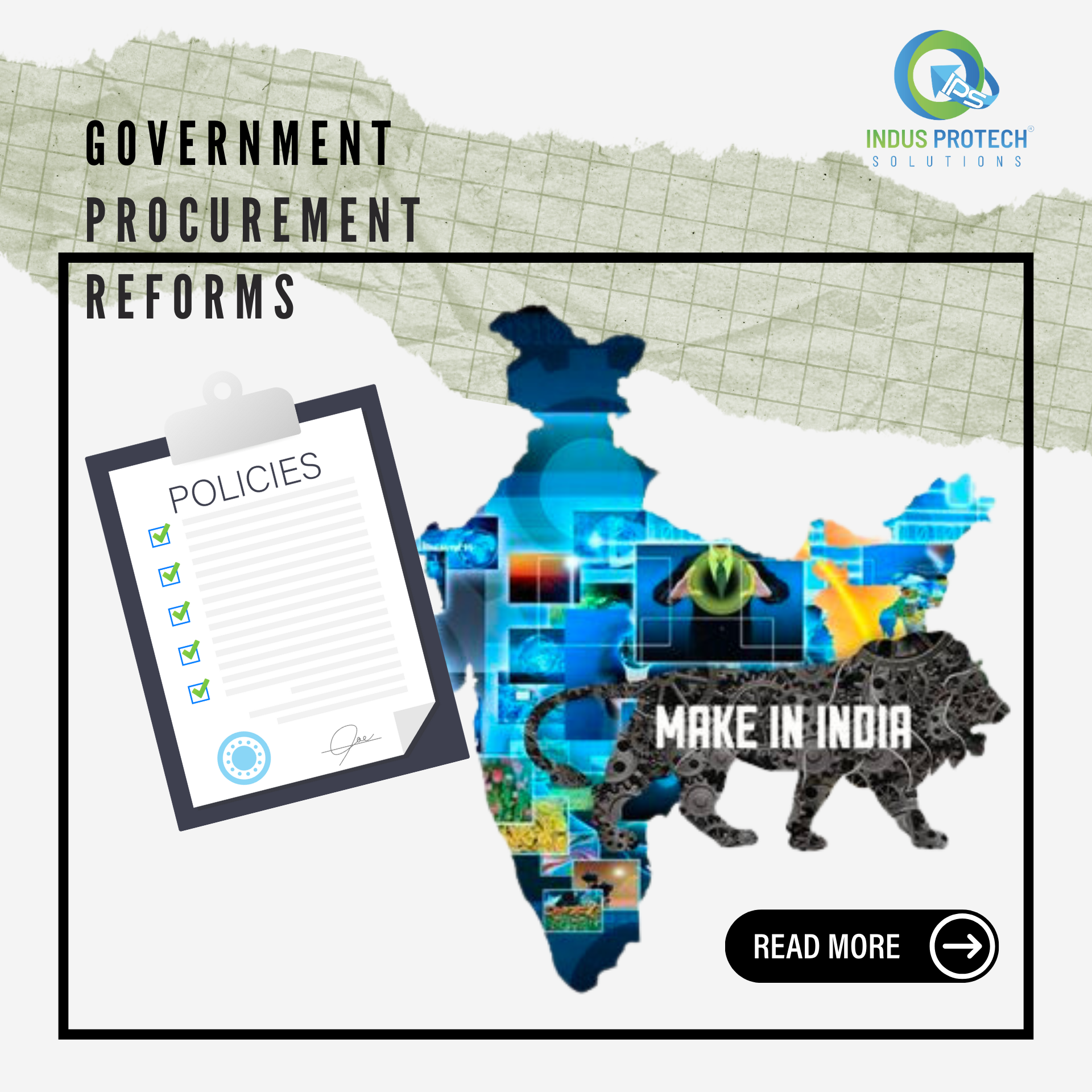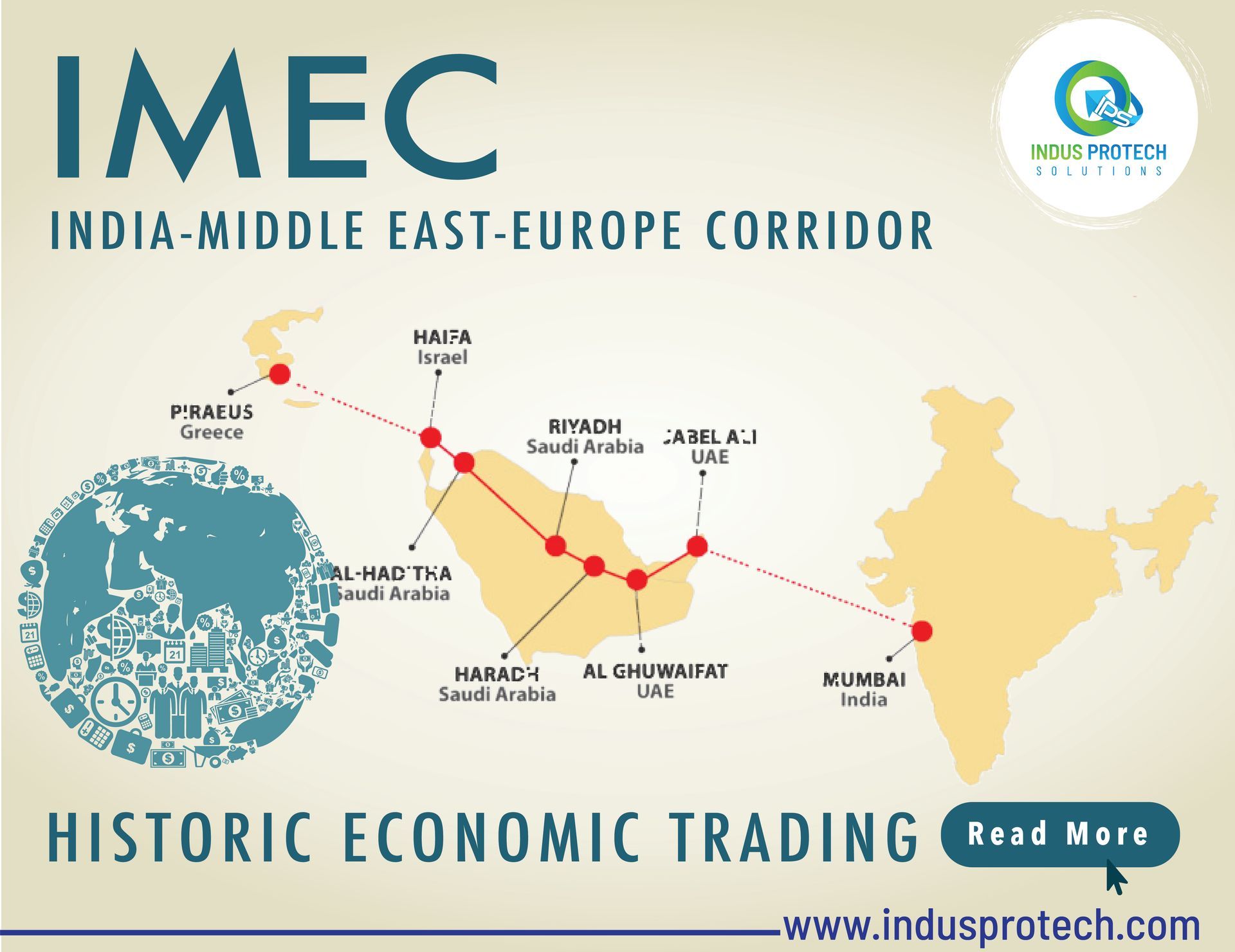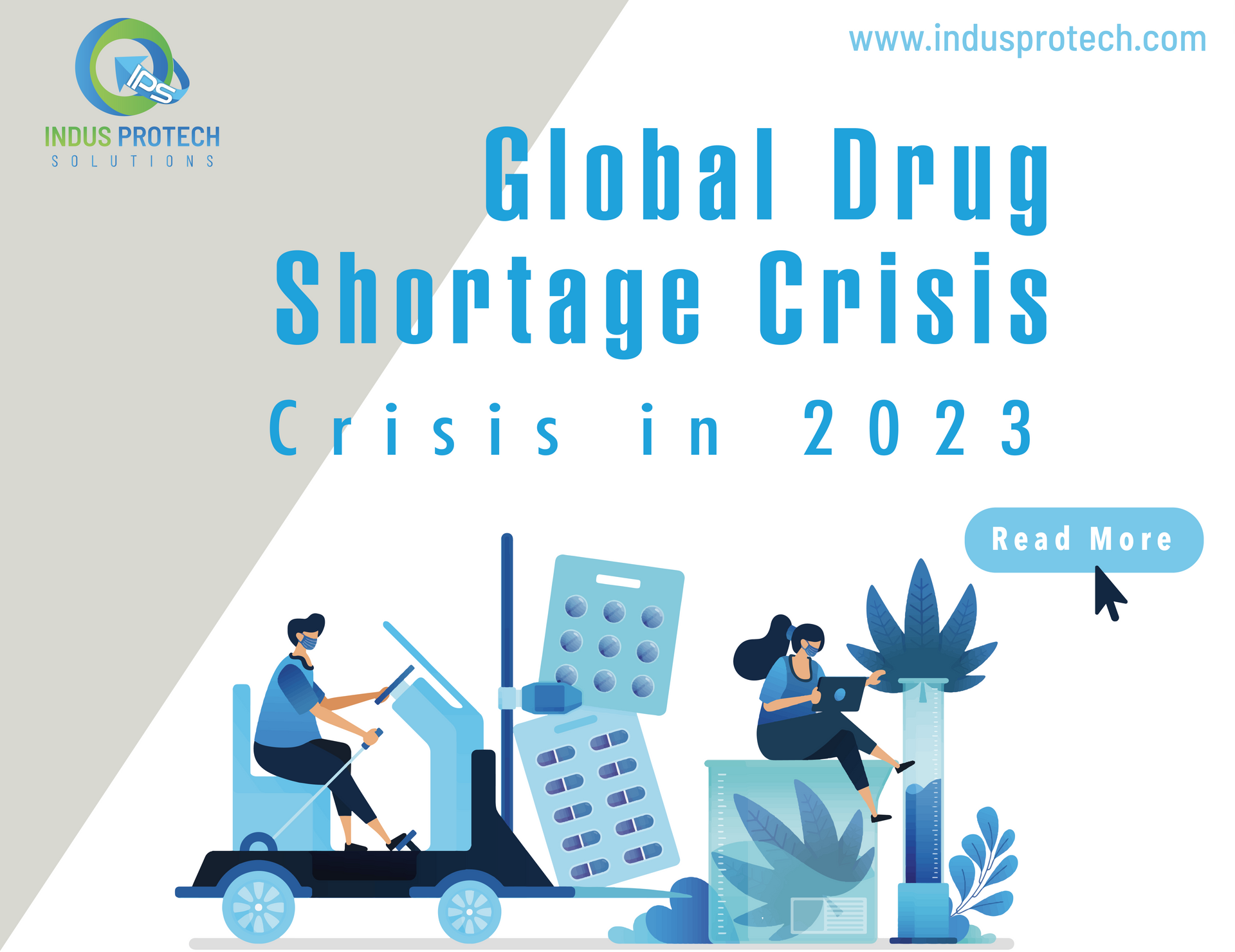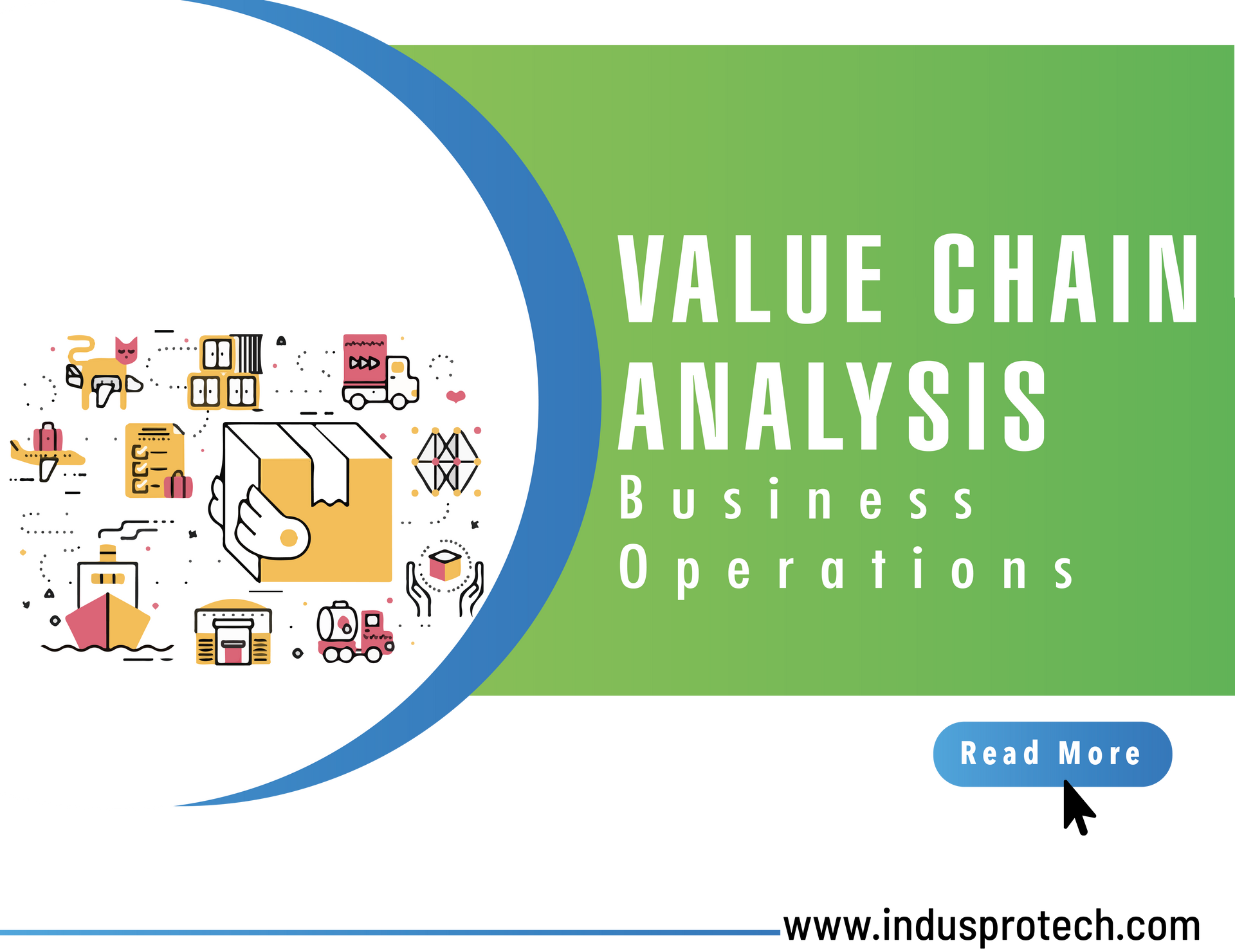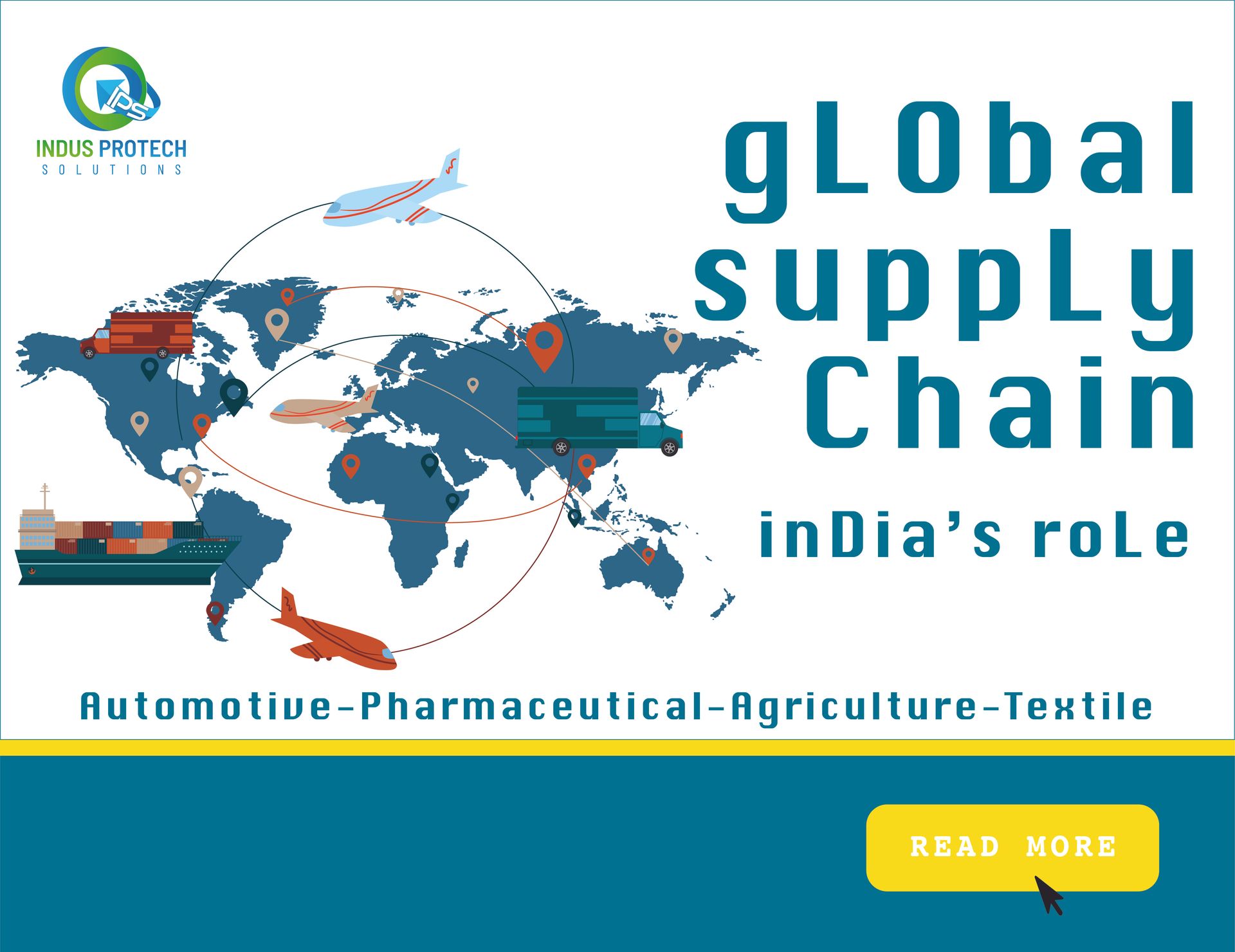For Enqiury Please E-Mail to info@indusprotech.com. Reach us at +91 44-22 511 522
For Enqiury Please E-Mail to info@indusprotech.com Reach us at +91 9360558441
The Leather Industry in India: Scope, Challenges, Threats, and Opportunities

The leather industry in India holds a significant position in the country's economy, combining tradition, craftsmanship, and modern production techniques. It has been a key contributor to India's export revenue and employment generation for several decades. However, like any other industry, it faces its own set of challenges and opportunities in an ever-changing global market. In this blog, we will delve into the scope, challenges, threats, and opportunities that lie ahead for the leather industry in India.
SCOPE
The scope of the leather industry in India is vast, owing to the country's abundant supply of raw materials, skilled labour, and rich heritage of craftsmanship. India is one of the largest livestock economies in the world, providing a steady supply of raw materials such as hides and skins. The industry encompasses various segments, including tanning, finished leather production, footwear manufacturing, leather goods, and accessories.
CHALLENGES
Environmental Concerns: The leather industry is often associated with environmental concerns due to the use of chemicals in the tanning process. Stricter regulations and increasing consumer demand for sustainable products pose challenges for the industry to adopt eco-friendly practices.
Competition from Low-Cost Manufacturing Countries: India faces tough competition from countries like China, Vietnam, and Bangladesh, which offer low-cost manufacturing options. To remain competitive, the Indian leather industry needs to focus on efficiency, innovation, and quality improvement.
Skill Development and Technology Adoption: The industry requires skilled artisans and workers who can adapt to modern technologies. The challenge lies in bridging the skill gap and promoting the adoption of advanced manufacturing processes to enhance productivity and product quality.

THREATS
Changing Consumer Preferences: Consumer preferences are evolving rapidly, with a growing demand for synthetic and vegan alternatives to leather. This shift poses a threat to the traditional leather industry unless it embraces sustainable practices and explores new product development opportunities.
International Trade Policies: Fluctuating international trade policies, tariffs, and non-tariff barriers can hinder the growth of the Indian leather industry. Navigating these complexities requires proactive engagement with global trade partners and strategic alliances.
OPPORTUNITIES
Rising Domestic Market: The Indian domestic market for leather products is expanding, driven by the increasing purchasing power of the middle class and changing lifestyle trends. This presents an opportunity for the industry to tap into the growing consumer base within the country.
Export Potential: India has a strong presence in the global leather market, with a wide range of products, including footwear, garments, and accessories. By focusing on product diversification, quality improvement, and exploring new markets, the Indian leather industry can boost its exports further.
Sustainable and Ethical Production: Growing global awareness about sustainability and ethical practices opens doors for the Indian leather industry to position itself as a responsible and environmentally conscious sector. Emphasizing eco-friendly production processes and ethical sourcing of raw materials can attract conscious consumers and create a competitive advantage.

The leather industry in India has immense potential to contribute to economic growth, employment generation, and export revenue. However, it must address the challenges posed by environmental concerns, competition, and changing consumer preferences. By embracing sustainable practices, investing in skill development and technology, and exploring new markets, the Indian leather industry can seize the opportunities presented by a dynamic global landscape. With the right strategies and a commitment to quality, the industry can continue to thrive and evolve in the years to come.

E-Subscribe to Newsletter content
We will get back to you as soon as possible.
Please try again later.


